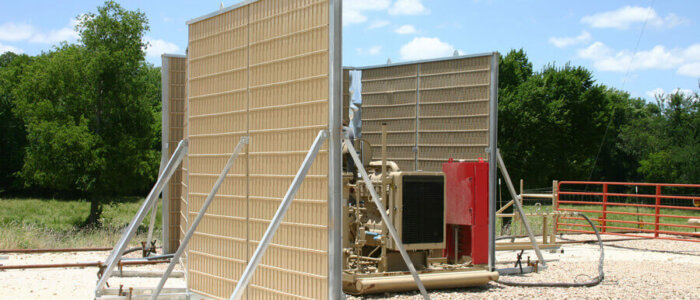Noise pollution in schools can have a significant impact on students’ learning and wellbeing. Excessive noise levels can cause distraction, stress, and even hearing damage. As a result, many schools are implementing noise barriers to reduce the amount of noise that enters classrooms and other learning spaces.
Noise barriers come in various forms, including acoustic panels, curtains, and baffles. These barriers work by absorbing, reflecting, or diffusing sound waves, reducing the amount of noise that travels through walls or other surfaces. The use of noise barriers in schools can also contribute to improved speech intelligibility, allowing students to better understand their teachers and peers.
Overall, the implementation of noise barriers in schools can create a more conducive learning environment, promoting better academic performance and student wellbeing. As such, it is becoming increasingly common for schools to invest in noise barrier solutions to address the issue of noise pollution in educational settings.
Fundamental Understanding of Noise Barriers
Noise barriers are physical structures designed to reduce the amount of noise that travels from one area to another. In schools, noise barriers are used to create a quieter environment for students and teachers, which can help improve learning outcomes and reduce stress levels.
There are several types of noise barriers that can be used in schools, including walls, fences, and acoustic panels. These barriers are typically made from materials such as concrete, wood, metal, or plastic, and they can be designed to absorb, reflect, or diffuse sound waves.
One of the key factors that determine the effectiveness of a noise barrier is its Sound Transmission Class (STC) rating. This rating measures the ability of a barrier to block sound, and it is determined by the thickness, density, and construction of the barrier.
It is important to note that noise barriers are not a complete solution to noise problems in schools. Other factors, such as the layout of the building, the type of flooring, and the activities taking place in the room, can also affect the amount of noise that is heard in a classroom.
Overall, noise barriers can be an effective tool for creating a quieter learning environment in schools. By understanding the fundamentals of noise barriers and how they work, school administrators and teachers can make informed decisions about how to best use these structures to improve the educational experience for their students.
Uses of Noise Barriers in Schools
Improving Learning Environment
Noise barriers have become an essential component of modern school infrastructure. They are designed to improve the learning environment by reducing unwanted noise and creating a more peaceful atmosphere. Noise barriers are typically installed in classrooms, libraries, and other areas where students need a quiet environment to learn.
The installation of noise barriers can help reduce the overall noise level in schools. This can lead to better communication between teachers and students, which can improve academic performance. Noise barriers can also help reduce stress levels, which can have a positive impact on students’ mental health.
Reducing External Disturbances
External noise sources such as traffic, construction work, and other environmental factors can be a significant source of disturbance for students. Noise barriers can help reduce the impact of these external factors and provide a more comfortable learning environment.
Noise barriers can also help reduce the impact of noise pollution on the surrounding community. This can help schools maintain good relationships with their neighbours and promote a more positive image in the community.
Enhancing Focus and Concentration
Noise barriers can help students focus and concentrate on their studies. By reducing the level of external noise, students are less likely to be distracted, which can lead to better academic performance.
Noise barriers can also help create a more inclusive learning environment for students with hearing impairments. By reducing background noise, students with hearing difficulties can better hear their teachers and classmates, which can improve their overall learning experience.
In conclusion, noise barriers are an effective solution for creating a more peaceful and productive learning environment. They can help improve academic performance, reduce external disturbances, and enhance focus and concentration.




